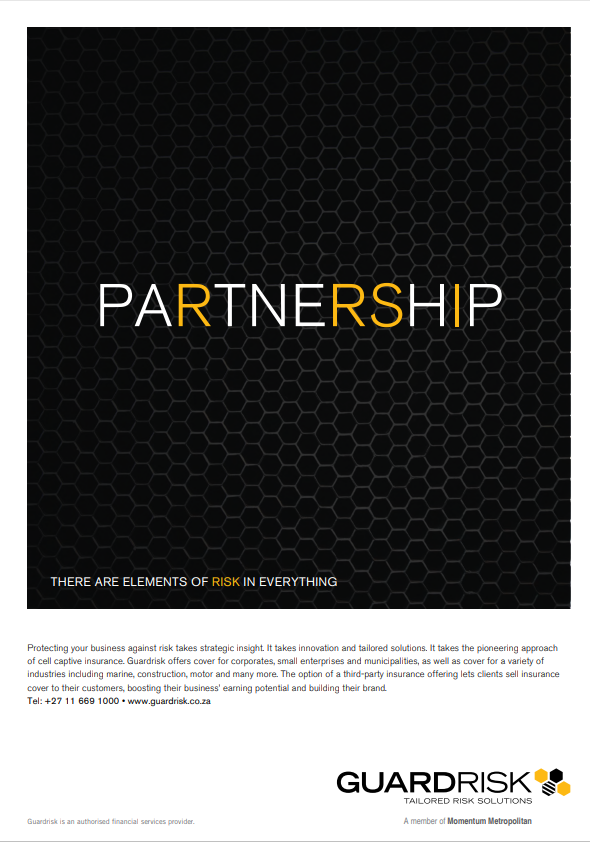By: Bryan McLachlan, Managing Director: Africa at CyborgIntell
As an industry, insurance has been relatively slow to join the digital party. But insurance companies are now under growing pressure to digitalise their customer experience to meet the needs of today’s consumer. Their customers increasingly demand a digital buying experience that is as seamless as shopping online.

Yet manual processes can be a significant barrier to offering customers a friction-free customer journey, from getting a binding quote to receiving their policy documents. Underwriting, for example, remains a heavily manual process for many insurance companies. This process is one of the most essential for an insurer because it must price risk appropriately if it is to run a sustainable business.
Assess risk, detect fraud
To change this picture, insurers need to embrace artificial intelligence (AI) and automation of their underwriting processes. AI has an invaluable role to play in underwriting by enabling insurers to assess risk and detect fraud in the application process— while also reducing human error.
Today’s powerful AI and machine learning (ML) solutions enable insurance companies to analyse applications in real time and assess risks based on hundreds of factors, including a range of data points about hidden consumer behaviours. This enables them to bucket low risk applications for automated acceptance; medium risk for deeper underwriting; and high risk, which would be automatically declined.
This helps to speed up the time taken for risk assessment, dramatically improving the customer experience. As the system learns via ML, more and more applications can be automatically approved or declined, enabling most customers to buy their cover via the call centre, an app, or a website within a matter of minutes.
Predicting customer behaviour
Insurers can even predict during underwriting which customers are most likely to claim soon after buying insurance. They can also predict which customers are likely to default or churn to a different provider, based on customer behaviour across their books. They can build these factors into premium pricing and create communications strategies to address these customers.
In addition to the vastly superior customer experience, such an application of AI also enables insurers to significantly reduce the costs of underwriting. Their teams no longer need to spend hours of their time on simple, routine underwriting tasks and can instead focus on the more complex cases. Further savings accrue from reducing errors and declining poor-quality customers early in the sales process.
AI can also streamline the business by targeting marketing and advertisers at good prospects rather than clients who are less likely to take up cover or qualify for insurance. Algorithms can use digital marketing signals to predict which customers will drop out of an application, at which stage in the journey and for which reasons.
Maximising conversions
Insurers can use this data to create effective contact strategies for high quality leads, so that they maximise conversions. They can, for example, start to understand if a customer is dropping out because they can’t afford the cost or because they found a better deal from another provider. This can enable insurance companies to optimise customer acquisition costs and underwriting efficiency.
Importantly, a robust AI solution should not be a black box but rather produce explainable decisions. This means that any customer rejections and pricing decisions will have a rational explanation. One company we worked with reduced customer acquisition costs by 50% by building effective machine learning models and leveraging explainability functionality to implement effective treatment strategies.
Deployment and ROI are rapid with today’s solutions
Although many insurers imagine that such AI technology must be complex, expensive, and time-consuming to develop and deploy, this is not the case. With the right solution, an insurer can automate a significant portion percentage of it underwriting within two to six weeks. This percentage can increase, as it becomes comfortable with the underwriting accuracy of the platform.

